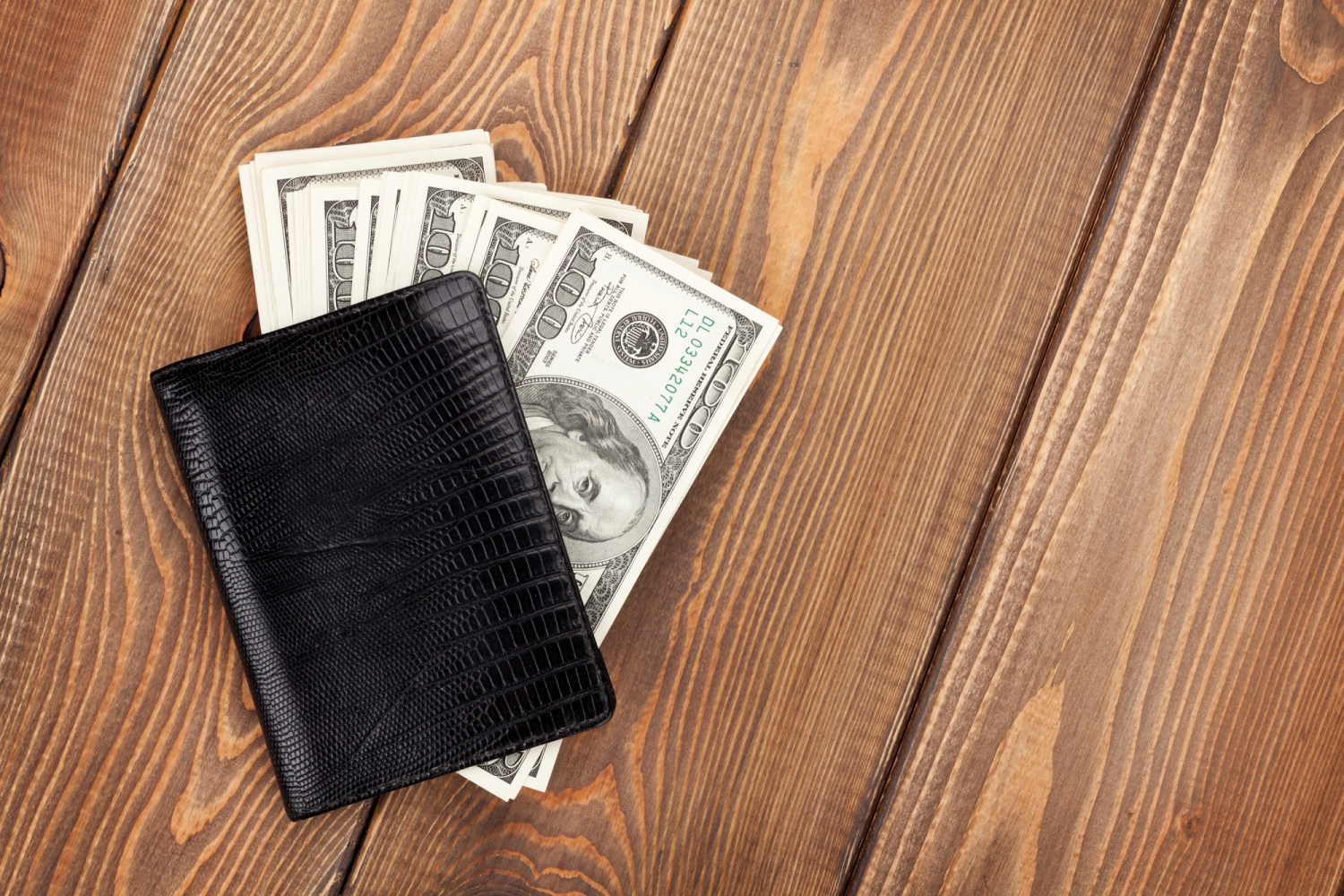Why more doctors are taking on extra jobs and how to find them
Medical school debt is on the rise. Female doctors still consistently earn less than their male colleagues. High stress is causing an epidemic of burnout among medical professionals. For a number of reasons, more doctors are starting “side hustles,” from consulting gigs to advisory roles and more.
It has always been common, even the norm, for medical providers to have part-time jobs, points out ClinicianToday.com. “We moonlight at the urgent care down the street, pick up an extra shift here or there, or more recently, perform telemedicine consults. Yes, healthcare providers are the original side-hustlers.”
[bctt tweet=”“We moonlight at the urgent care down the street, pick up an extra shift here or there, or more recently, perform telemedicine consults. Yes, healthcare providers are the original side-hustlers.”” username=”goRendia”]
Adding another job to your already packed practice schedule may seem counterintuitive, but a side hustle doesn’t have to be time-consuming or even related to medicine—and it may even help ward off burnout.
Is it a waste of your time and training?
If terms like “side hustle” or “moonlighting” conjure up images of Uber drivers or minimum-wage delivery people, you might be skeptical. After all, you invested a lot of time and money training to be a doctor and developing the skills necessary to earn a high income in medicine. A doctor who blogs under the name “Doc G” understands your reservations, as he explained on KevinMD.com. A frequent question he gets from other doctors is, “Why would I ever waste time on a side hustle?”
One doctor offered his expertise to local law firms and earned $2,500 as an expert witness for medical malpractice cases.
Doc G has coined the term “lazy side hustle” to describe his method of using his medical skills to earn extra income. “Lazy” refers not to the amount of hours or effort he puts in, but rather to the fact that he can perform the jobs without needing to learn additional skills. For instance, he reached out to local law firms in his area and offered his experience as an expert witness for medical malpractice cases. “Days later, I was hired and paid a ten-hour retainer fee of $2,500.” While he had to review the case and prepare to testify, Doc G calls being an expert witness “the ultimate lazy side hustle” because “I didn’t have to develop a new skill set or build a complicated business model. I simply used what I already had.”
He wrote, “Since then, I have taken on consulting gigs, telehealth, and advisory roles. All have added significantly to my yearly income without requiring further training or start-up time.”
ClinicianToday.com lists part-time teaching and lecturing, whether at a medical school or a non-university setting, first on its list of Best Nonclinical Side Hustles for Clinicians. The article also notes that online teaching is now an option. “Places like Udemy allow you to record courses, set your own prices, and make money while you sleep.”
Reduce debt, boost retirement savings
Reducing debt tops the list of reasons doctors pursue side hustles, according to an East Coast ER doctor who blogs anonymously at Side Hustle Scrubs. In 2018, 75 percent of medical school students graduated with student debt, according to the Association of American Medical Colleges (AAMC), which reports that the median medical school debt in 2018 was $200,000. At private schools, 21 percent of students have debt of $300,000 or more. Yet government programs like Public Service Loan Forgiveness (PSLF) have fallen short.
Side hustles can help new doctors pay off medical school debt sooner and boost their retirement savings.
Yes, most doctors do have high incomes to look forward to after medical school—or income potential, anyway. The average overall doctor’s salary, including primary care and specialties, is $299,000, according to the Medscape Physician Compensation Report 2018. However, “That doesn’t mean new physicians can spend freely once they embark on their careers,” warns AAMC News, adding that financially savvy doctors have a solid debt repayment plan and avoid “the trap of excess.” A side hustle is another way new doctors can pay off their loans quicker.
Another perk that makes side gigs appealing is that they can give doctors tax benefits, such as allowing them to write off a home office and take other deductions, or open additional retirement accounts for self-employed people, such as a SEP-IRA, adds Side Hustle Scrubs.
Beat burnout with a nonclinical side job
Burnout affects 42 percent of doctors, according to Medscape’s 2018 Physician Lifestyle Report, defined as feelings of physical, emotional, or mental exhaustion; frustration or cynicism about work; and doubts about the value of one’s work. For some doctors, side gigs offer an opportunity to step away from the burdens of administrative demands and use a different skill set.
The web site SideHustleNation.com lists 99 Side Hustle Business Ideas You Can Start Today. Among the more lucrative ones is to get certified as a Notary Public and charge a fee to notarize documents, or become a loan-signing agent. One side hustler made up to $2,000 a month overseeing mortgage signings. Notary certification is granted by each state and generally costs less than $100. Find out more on the National Notary Association web site.
Getting started is the hardest part of a side hustle, according to ClinicianToday.com. “A good, old-fashioned Google search can get you tons of leads. Ask your friends who are using their skills in unique ways. There are so many opportunities out there that you are bound to run into something good if you keep up your search.”
Looking for other ways to augment your income and beat burnout? Read more on the topic and find out: Is Locum Tenens Right for You?


